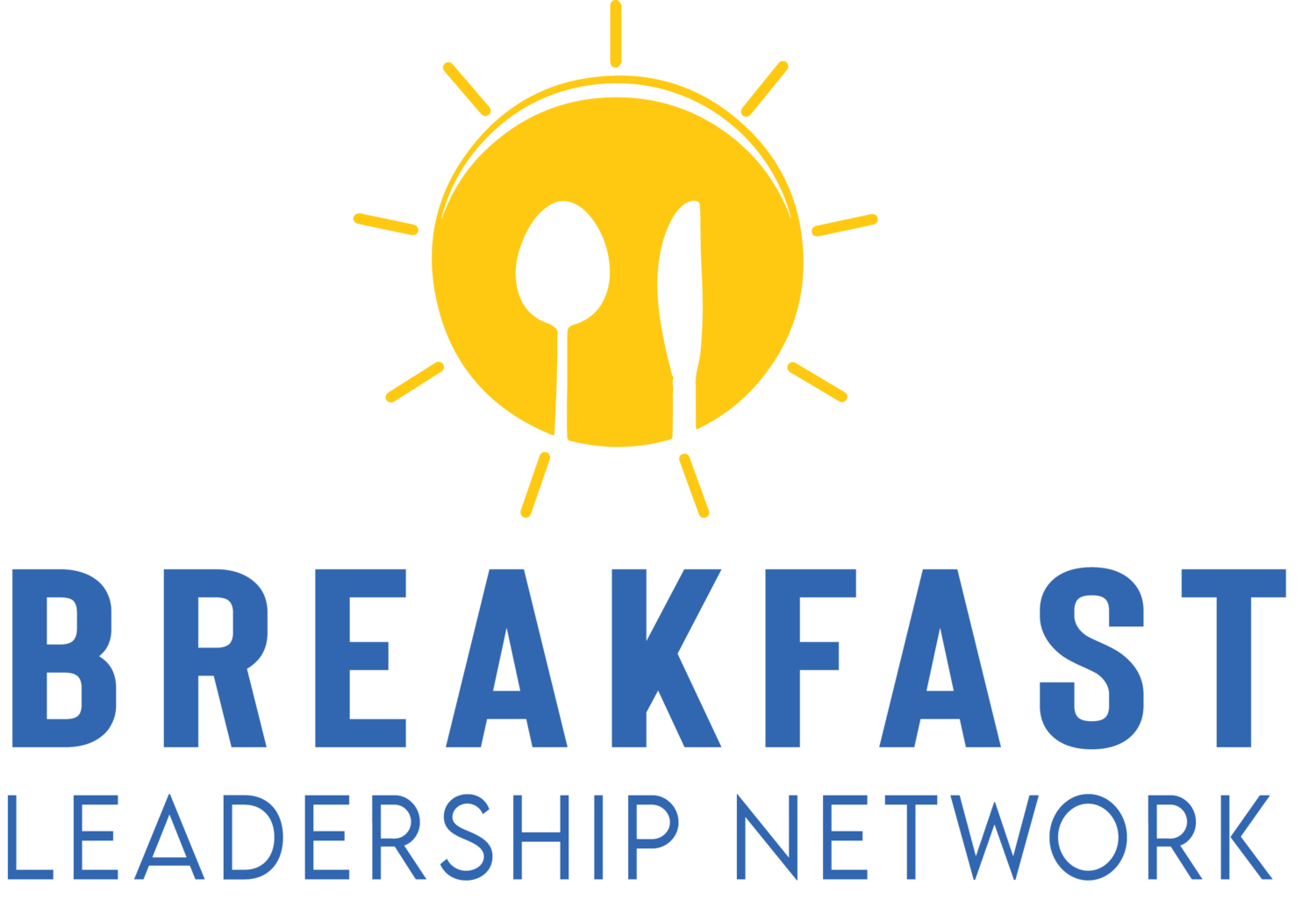The Day My Best Engineer Almost Quit and What It Taught Me About People Growth
I still remember the Slack message that shook me: “Do you have 5 minutes?” It came from our best engineer. Minutes later, I was hearing about burnout, slow teammates, and annual reviews that never changed anything. That conversation forced me to confront the truth. We didn’t have a product problem. We had a talent problem.
That same day, I listened to leadership coach Mike Goldman share why the number one driver of profit growth is people growth, and why performance management, as most companies know it is broken. It became clear that if we wanted sustainable success, we had to shift from outdated reviews to a system that truly develops talent.
Complexity Isn’t the Enemy. Confusion Is.
Work has become louder over the last five years. Hybrid schedules, AI, shifting global dynamics. Leaders feel the need to impose processes that look official, like annual reviews, but they rarely move the needle. Instead, the solution is simple: structured, consistent one-on-ones that create accountability and growth.
The numbers are alarming. Only about 31% of U.S. employees were engaged at work in 2024, while 17% were actively disengaged, according to Gallup. Leaders cannot afford to ignore this reality.
(For more on burnout signals in the workplace, see Why Leaders Waste More Time Than They Think and How Tech Fixes It).
Why Traditional Reviews Fail
Goldman calls annual performance reviews “the worst invention in business.” Quarterly reviews just multiply a bad process. Studies confirm it: only 2% of organizations say their performance management delivers exceptional value. Leaders know the process doesn’t work, yet they keep doing it.
If reviews are a box-checking exercise, you’re not alone, but you are leaving growth on the table.
High-Performance Math
Here’s a perspective shift: imagine improving your top performer’s output by 10% versus your lowest performer’s by 10%. The ROI is almost always greater with your top people. Goldman calls this “high-performance math.”
Leaders often spend too much time on low performers. Meanwhile, top talent leaves when they feel neglected. Research shows that over half of Fortune 500 companies from 2003 no longer exist. Strategy without talent will not save you.
(Related: How to Build a Purpose-Driven Culture That Attracts Top Talent).
A Founder’s Framework for People Growth
Goldman’s advice is simple but powerful. Leaders need a repeatable rhythm to develop talent and make tough calls.
Weekly 1:1s with a four-question agenda: key outcomes, blockers, feedback for leadership, and skills being developed.
A two-lens scoreboard: measure both performance and potential to grow.
Prioritize top talent: spend disproportionate time with your best people.
Replace annual reviews: keep a shared document to track commitments and progress, building clarity without bureaucracy.
(See also Reimagining Executive Burnout Beyond Existential Liberation).
Proof You Can Feel on Monday
When you make people growth a priority, you’ll notice changes quickly. Meetings shorten because the right people own outcomes. Your best contributors stop covering for poor performance. And weekly conversations surface problems early.
Gallup data shows employees thrive when expectations are clear, when they feel developed, and when they believe someone at work cares. These are exactly the levers leaders must pull.
What to Do This Week
Audit your calendar and flip the ratio: spend more time with your best people.
Ship a simple 1:1 template to every manager and make it non-optional.
Run a 30-day “talent clarity” sprint to clean up goals, owners, and measures.
Coach up quickly, or coach out kindly, to protect your stars.
Conclusion
Mike Goldman reminds us that companies should grow because their people grow, not at their expense. If you’re a founder fighting market noise, remember that your competitive edge is the density of talent you develop week after week. The process isn’t complex, but it does require a choice: will you spend your time rescuing low performers, or will you invest in the people who will carry your business forward?
Start with a calendar invite. Growth begins there.
